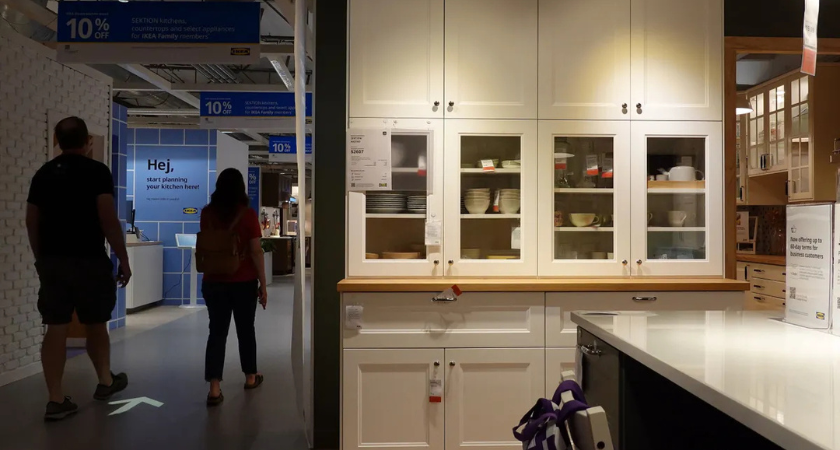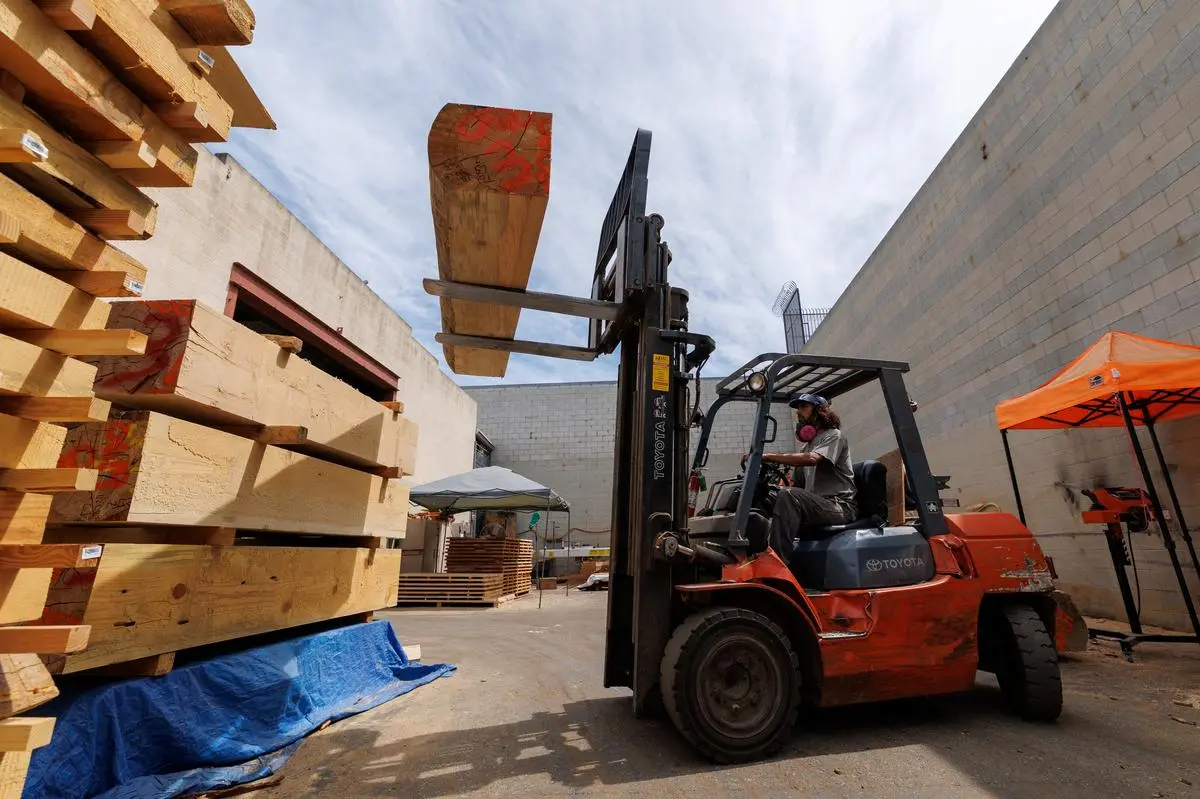
The U.S. government is set to impose sweeping tariffs on imported wood and finished furniture products beginning October 14, following an executive order signed by President Donald Trump on Monday. The move marks one of the most significant trade shifts in the wood products industry in recent years.

Under the order, softwood timber and lumber imports will face a 10% tariff, while couches, sofas, chairs, and other upholstered wooden furniture will be subject to a 25% duty. Kitchen cabinets, vanities, and the components used to produce them will also incur a 25% tariff starting the same day.
A second wave of tariff hikes is scheduled for January 1, when duties on upholstered furniture will rise to 30%, and tariffs on kitchen cabinets, vanities, and related parts will jump to 50%.
These new trade measures follow a monthslong Section 232 investigation by the U.S. Department of Commerce, which concluded on July 1. The review determined that both the volume of wood imports and foreign trade practices “were a threat to national security,” according to the order. The Trump administration has previously used Section 232 to levy tariffs on steel, aluminum, and automotive products.
The order provides reduced tariff rates for select U.S. trading partners. Goods imported from:
Additionally, any wood product that would otherwise overlap with previously enacted 25% tariffs on cars and auto parts will not face double taxation. Instead, the automotive tariff will take precedence.
The order also clarifies that these tariffs will not fall under the “reciprocal tariffs” structure established under the International Emergency Economic Powers Act (IEEPA). The Supreme Court is slated to review the legality of those tariffs in November.

The executive order provides more specificity than last week’s social media announcements from the president, which initially suggested the tariffs might begin on October 1. The new details confirm product categories, timelines, and exceptions.
The executive order also directs Commerce Secretary Howard Lutnick to develop a process for evaluating additional products that could be added to the tariff list in the name of national security.
The Commerce Department must additionally assess whether undervaluation of imported wood products poses an ongoing risk. An updated report on the state of the domestic wood industry is required by October 1, 2026, which could lead to further duties down the line.
The tariffs are expected to affect a wide range of stakeholders, from cabinet makers and construction suppliers to major retailers and importers of furniture and building materials. Companies reliant on foreign wood or finished goods may face increased costs and supply chain adjustments heading into 2026.
Originally reported by Philip Neuffer in Construction Dive.